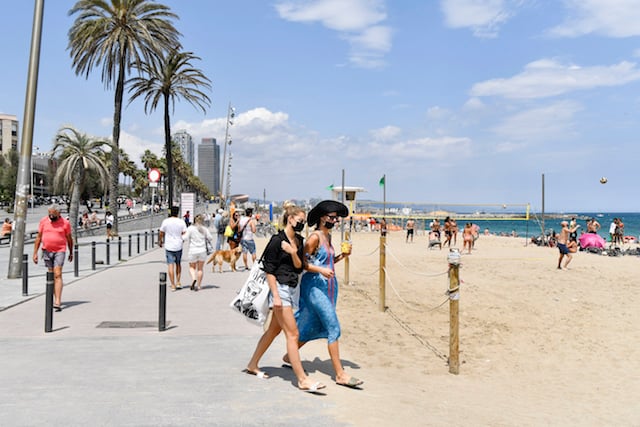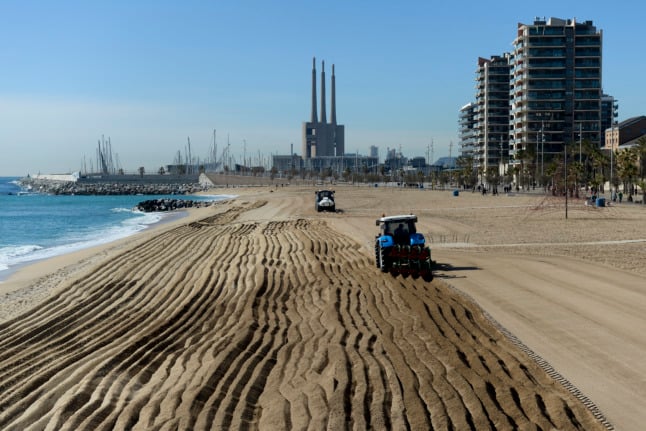Carles Puigdemont, 56, fled to Belgium to escape arrest after Spain blocked an outlawed bid for independence for the wealthy northeastern region in 2017.
He was elected to the European Parliament in May polls but did not attend a swearing-in ceremony with electoral authorities in Spain — a requirement for new MEPs.
READ ALSO: Catalan separatists leaders (one in jail and one in exile) win seats in EU parliament
The parliament's president Antonio Tajani said that this ruled out Puigdemont from taking his seat.
But Puigdemont has filed a suit with the European Court of Justice to overrule Tajani, a spokesman for the tribunal said.
The parliament is scheduled to hold its first session on Tuesday. The source could not say whether the court would rule on Puigdemont's request by then.
READ MORE: UN demands release of jailed Catalan separatist leaders





 Please whitelist us to continue reading.
Please whitelist us to continue reading.
Member comments